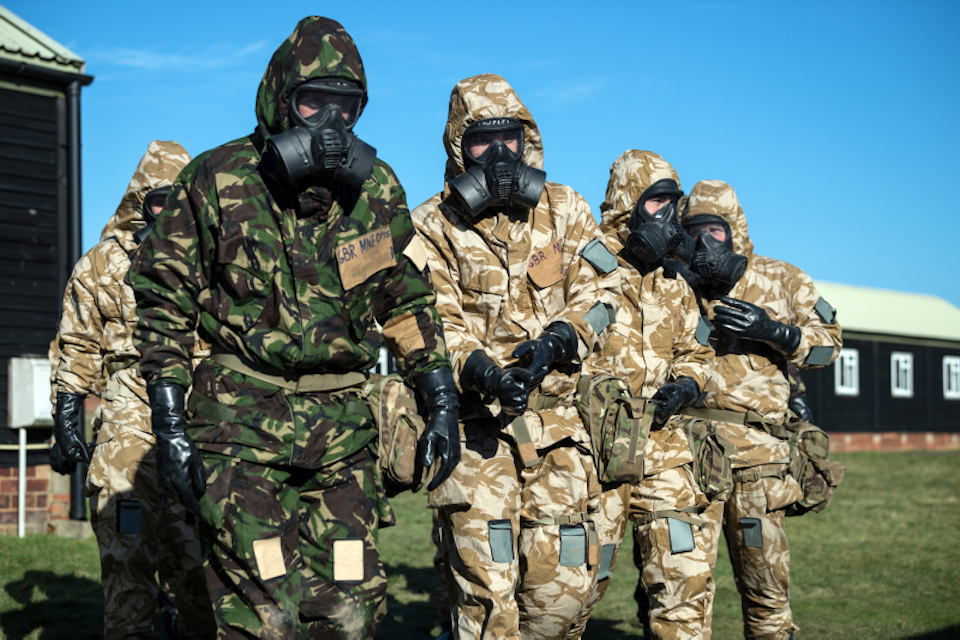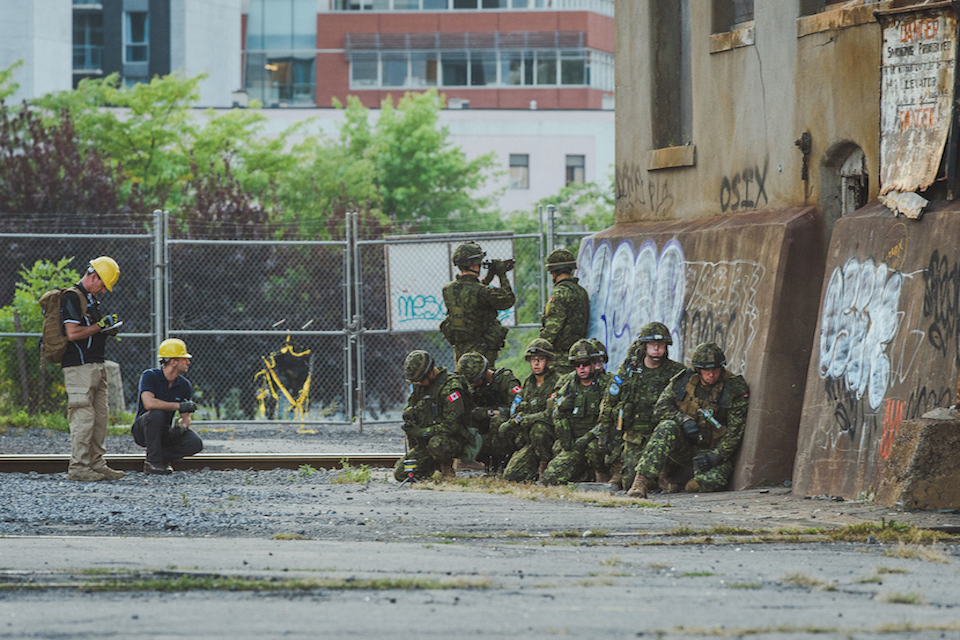News story: Multi-million-pound competition to destroy battlefield chemical weapons launched by UK and US
The Defence and Security Accelerator (DASA), part of the Defence Science and Technology Laboratory and UK Ministry of Defence, has launched the ‘Don’t Blow It!’ competition, the first joint UK-US industry competition run by DASA and funded by the MOD and US Department of Defense.
Competitors have been asked to identify innovative concepts or adapt current technologies to access, disable and destroy chemical and biological devices. This includes chemical and biological munitions, improvised explosive devices containing lethal agents or containers of bulk quantities of chemical or biological agents discovered on the battlefield or in other austere and resource-limited environments.
Defence Minister Stuart Andrew said:
Horrific incidents stretching from Salisbury to Syria this year have shown us that chemical weapons are sadly still very much a reality – but a reality that we are determined to deal with. Destroying these deadly weapons is a complicated process and not doing it properly could mean devastating collateral damage. These are challenges that we share with our allies like the US. Competitions like this help us to tackle them head on with some of the best and brightest minds across both our countries.
Although it is over 100 years since the first large-scale use of chemical weapons, the threat from both chemical and biological weapons persists. This has been demonstrated by the recent rise in the use of such deadly weapons on the battlefield and in targeted attacks.
Much progress has been made to destroy state-declared global stockpiles of chemical weapons through very successful large scale destruction programmes, utilising techniques such as incineration, explosive destruction or neutralisation. However, to meet emerging and future challenges, such as the destruction of smaller caches produced by terrorists in resource-limited or hostile environments such as Iraq or Syria, there needs to be a focus on developing more robust elimination capabilities that are less labour intensive.
The competition has an initial £500,000 to fund multiple proof-of-concept proposals at low Technology Readiness Levels. Based on the outcome of the initial funding phase, an additional £1.5 million of funding could be released.

The competition is seeking innovative ideas from non-traditional supply sectors and is looking for ‘outside-the-box’ proposals that will:
- Enable rapid and flexible destruction
- Reduce logistical support requirements
- Maximise ease of operation and transportability
- Address a greater breadth of threats
MOD Chief Scientific Advisor, Dr Simon Cholerton said:
As the use of chemical weapons in Syria and the Novichok attack in Salisbury demonstrate, the risk from chemical weapons still remains and the issue of safely eliminating them from an austere tactical environment remains an enduring technical challenge. I am delighted therefore that we are working with our closest ally to launch a new industry competition to help us develop effective and safe elimination capabilities. Our collaboration is the first time we have launched a truly joint UK-US competition through the UK Ministry of Defence’s Defence and Security Accelerator, which is charged with enabling us to innovate by rapidly transforming the ideas of today into the capabilities of tomorrow.
Assistant Secretary of Defense for Nuclear, Chemical and Biological Defense Programs, US DOD, The Hon. Guy Roberts said:
The expanding proliferation of chemical weapons use, from state and non-state actors, portends the greatest threat of their use on the battlefield since World War I. My responsibility is to ensure our forces are protected from, and can fight through, any such threats. To that end, we must continually innovate our capabilities, and it is especially important to do so in collaboration with those who fight alongside us. This competition does just that. It allows us to jointly invest in research and development with our closest ally as well as seek innovative ideas from a broader set of brilliant minds who I am confident will lead us to creative solutions.
The competition will be launched at an event in London on the afternoon of 26th September. Potential suppliers will be provided with context on the challenge by both UK and US speakers, as well as information on how to apply to the competition by DASA. The submission deadline for proposals is 5 pm GMT (midday EST) on 7 November 2018.
Follow this link for more information on the competition
or contact DASA directly on accelerator@dstl.gov.uk
